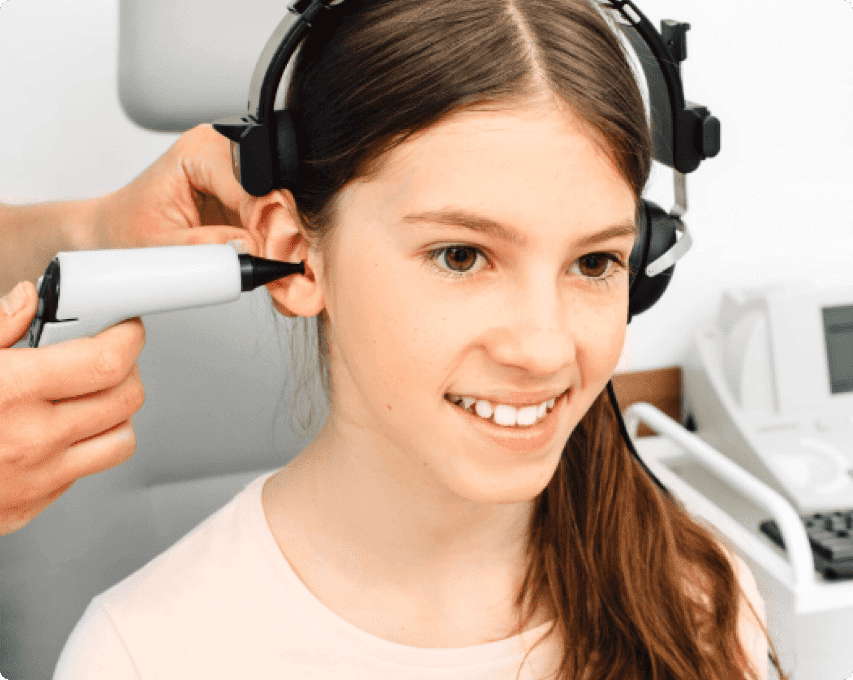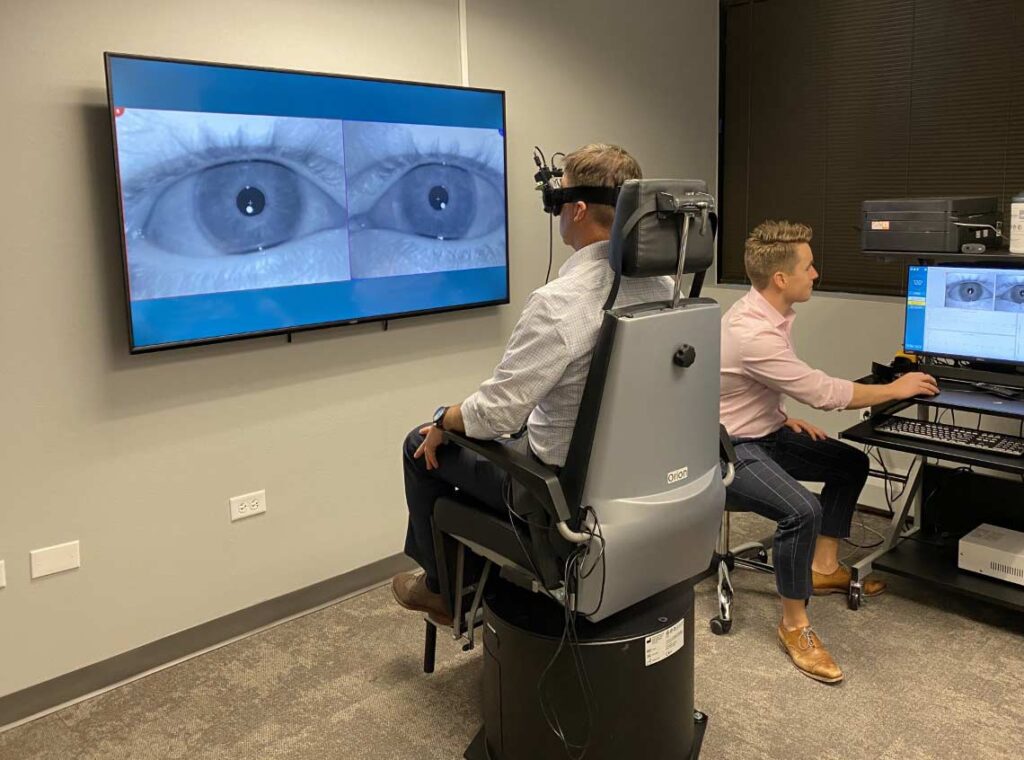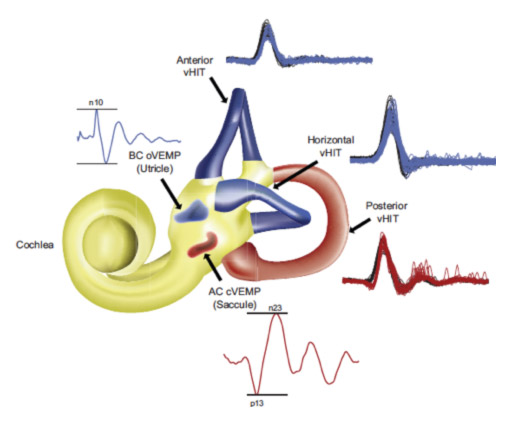Vestibular Assessment: A Comprehensive Guide for Patients and Healthcare Professionals
Introduction
Dizziness and vertigo are common symptoms that affect millions of people worldwide. These symptoms can be caused by a range of factors, including inner ear disorders, neurological conditions, and even medication side effects. However, many patients who experience these symptoms often go undiagnosed, which can lead to long-term complications. A vestibular assessment is a diagnostic tool that can help identify the underlying cause of these symptoms and provide targeted treatment.

What is a Vestibular Assessment?

A vestibular assessment is a series of tests designed to evaluate the function of the vestibular system, which includes the inner ear and brain pathways responsible for balance and spatial orientation. The assessment is typically performed by an audiologist or a physical therapist specializing in vestibular rehabilitation. The goal of the assessment is to determine if there is any dysfunction in the vestibular system and identify the underlying cause of the symptoms.
Why is a Vestibular Assessment Needed?
A vestibular assessment is necessary for patients experiencing dizziness, vertigo, or balance problems, as it can help identify the underlying cause of the symptoms. This information is crucial for developing a targeted treatment plan that can help alleviate the symptoms and improve the patient’s quality of life. Moreover, an accurate diagnosis can prevent unnecessary testing, misdiagnosis, and inappropriate treatment.

How is a Vestibular Assessment Performed?
A vestibular assessment typically involves a series of tests designed to evaluate different aspects of the vestibular system’s function. These tests may include:
Videonystagmography (VNG)
Rotary Chair Test
Rotary Chair Test
Computerized Dynamic Posturography (CDP)
Vestibular Evoked Myogenic Potential (VEMP)
Electrocochleography (ECOG)
Each test is designed to evaluate a specific aspect of the vestibular system’s function, and the results are used to develop an accurate diagnosis and treatment plan.
Who Needs a Vestibular Assessment?

A vestibular assessment may be necessary for patients who are experiencing dizziness, vertigo, or balance problems. These symptoms can be caused by a range of factors, including inner ear disorders, head injuries, neurological conditions, and medication side effects. Patients who have been diagnosed with conditions such as Meniere’s disease, vestibular migraine, or benign paroxysmal positional vertigo (BPPV) may also require a vestibular assessment to determine the extent of their vestibular dysfunction and develop an appropriate treatment plan.
Vestibular Assessment: What to Expect
If you’ve been referred for a vestibular assessment, you may be wondering what to expect during the process. Here’s a step-by-step guide to help you prepare:
Step 1: Medical History
The first step in a vestibular assessment is a comprehensive medical history. Your healthcare provider will ask you questions about your symptoms, medical history, and any medications you’re currently taking. This information is important for developing a targeted testing plan and identifying potential underlying causes of your symptoms.
Step 2: Physical Examination
After taking your medical history, your healthcare provider will perform a physical examination to evaluate your balance, coordination, and gait. This may involve walking in a straight line, standing on one foot, or performing other simple balance tests.
Step 3: Vestibular Testing
The next step is vestibular testing, which typically involves a series of tests designed to evaluate different aspects of the vestibular system’s function. The tests may include:
=> Videonystagmography (VNG)
=> Rotary Chair Test
=> Caloric Testing
=> Computerized Dynamic Posturography (CDP)
=> Vestibular Evoked Myogenic Potential (VEMP)
=> Electrocochleography (ECOG)
Each test is designed to evaluate a specific aspect of the vestibular system’s function, and the results are used to develop an accurate diagnosis and treatment plan.
